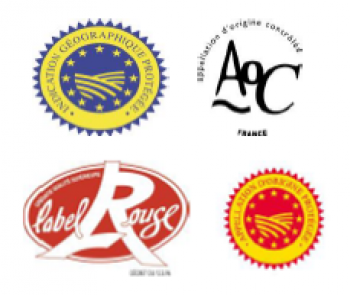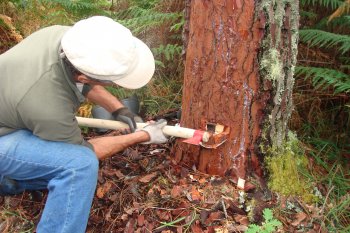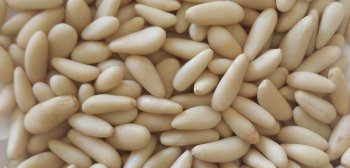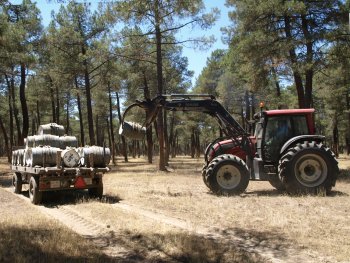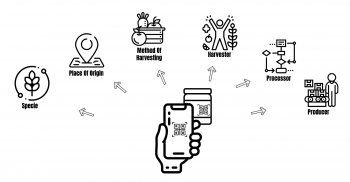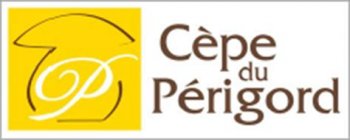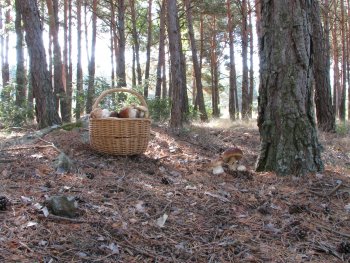A label for local natural resin
The valorisation of local natural resin in high added value niche markets is a pillar of the French strategy for the revival of the sector. Local natural resin has many advantages over competing products: better quality, generates local jobs, enhances the value of the local forest resource, has a lower environmental impact, etc. These advantages are compatible with the markets sought after but they must be recognised. Can a label allow the local natural resin to stand out from the competition?

